6 Steps to Implementing a Telemetry Pipeline
Observability has become a critical part of the digital economy and software engineering, enabling teams to monitor and troubleshoot their applications in real-time. Properly managing logs, metrics, traces, and events generated from your applications and infrastructure is critical for observability. A log pipeline can help centralize, enrich, and route this data across your stack for actionable insights. This blog will explore the steps to consider while implementing a log pipeline for your business.
Step 1: Define Your Objectives
The first step is defining your objectives. What do you want to achieve with your pipeline? Are you looking to improve your application's performance, reduce downtime, or gain visibility into user behavior? Some common objectives that organizations consider include:
- Cost Optimization: Many organizations aim to reduce the cost of managing telemetry data, either by reducing the volume of data they collect or by optimizing their log pipeline using filtering and sampling.
- Controlling Data Volume: Others seek to control the volume of data they collect, either by using advanced parsing techniques to identify unstructured data or by removing low-value, unnecessary, or repetitive data.
- Increasing Observability: Some organizations seek to increase the surface area of their observability by routing data to required destinations, throttling all metrics and log data, or normalizing logs and metrics before reaching downstream destinations.
- Data Transformation: A lot of organizations need to transform their data in some way to ensure that it’s in the correct format and can be easily analyzed. This is commonly referred to as log transformation, where telemetry is cleaned, structured, or reshaped for downstream systems.
- Data Preparation: Others need to prepare their data before it can be analyzed effectively. This could involve normalizing logs/metrics before reaching destinations, restructuring or augmenting data flows, or applying data enrichment such as tagging, masking, or redacting fields before it reaches your SIEM or analytics tools.
- Data Compliance: Many organizations need to ensure that their data collection and processing pipelines are compliant with laws and regulations. This could involve managing log routing to remain compliant with data residency laws, identifying risks due to new code releases or deployments, or supporting audit and risk management activities.
Aligning these objectives with business outcomes helps ensure your telemetry pipeline delivers long-term value.
Step 2: Identify Key Metrics
Once you have defined your objectives, the next step is identifying the key metrics you want to track to meet those objectives. Some common metrics include response times, error rates, throughput, and resource utilization.
Additionally, you may want to consider factors like the cost goals of the operating and capital expenses for the log pipeline, the list of sources and destinations for your data, and the transformation requirements to connect the two. It’s also important to document audit and compliance metrics so that you can ensure that your pipeline is compliant with relevant laws and regulations.
These metrics help guide how your pipeline performs across stages like ingestion, enrichment, transformation, and routing.
Step 3: Choose your data sources
Once you have identified the key metrics you want to track, the next step is to choose the data sources from which you'll collect data. These sources could include application logs, metrics from your infrastructure, business events, user behavior data, or any other data sources relevant to your objectives. You'll need to decide which data sources are most important and how you'll collect data from them effectively.
When choosing your data sources, you should consider factors such as:
- Relevance: You'll need to choose data sources that are relevant to your objectives and can provide you with the insights you need to optimize your application's performance and user experience.
- Availability: You'll need to ensure that your data sources are available and accessible so that you can collect data from them effectively.
- Quality: You'll need to ensure that your data sources provide high-quality data that is accurate and reliable.
Once you've chosen your data sources, you'll need to determine how you'll collect data from them effectively. This could involve configuring your data sources to emit data in a format compatible with your pipeline, setting up data collectors or agents to collect data from your data sources, or using APIs or other integration tools to connect your data sources to your pipeline.
You'll also need to define the sources and destinations of your data and the method of ingesting and egressing. Log routing plays a critical role here—ensuring data is delivered from each source to the right tool or storage destination.
Step 4: Select Your Destination Tools
With your objectives, metrics, and data sources in mind, you can now select the downstream tools you'll use to collect, process, and analyze your data. Many different tools are available, such as Prometheus, Grafana, Elasticsearch, and Kibana. To choose the right tools for your pipeline, you’ll need to consider factors such as:
- Suitability: You’ll need to consider the tools that best suit your objectives and data sources. This involves evaluating the capabilities of each tool and determining which ones are most appropriate for your needs.
- Source Definition: You’ll also need to define the tools as a source for your data. This involves configuring your tools to collect data from your sources effectively and in a way that meets your objectives.
- Destination Definition: Lastly, you’ll need to define your tools as a destination for your data. This involves configuring the tools to process and analyze the data effectively, ensuring that you have the insights you need to optimize your application’s performance.
Look for tools that support log transformation and data enrichment features to maximize flexibility in how you use and visualize your observability data.
Step 5: Set Up Your Pipelines
Once you have selected your tools, you'll need to set up your data collection and processing pipelines. This involves configuring your tools to collect data from your data sources, process it, and store it in a way that's easy to analyze. To set up your pipelines effectively, you’ll need to consider several factors, such as:
- Ingestion: You’ll need to set up ingestion to match all possible data sources required. This involves identifying all of the data sources you’ll be collecting from and configuring your tools to collect data from each source efficiently.
- Processing: You’ll need to determine what processing is required to map your data sources to the destination. This includes log transformation steps such as field renaming, formatting normalization, or extracting values.
- Storage: You’ll need to decide what long-term storage or data lake is the most cost-effective to store all data that may be needed in the future. This involves considering the volume of data that you’ll be collecting and analyzing, as well as the cost and scalability of different storage options.
Considering these factors and setting up your pipelines effectively will ensure that your data is collected, processed, and stored in a way that meets your objectives and helps you gain valuable insights into your application’s performance and user behavior. It’s important to ensure that your pipelines are scalable, reliable, and secure so you can effectively analyze your data and gain the insights you need to optimize your application.
Step 6: Test and Iterate
With your pipelines set up, you'll need to test them to ensure they're working as expected. You'll also need to monitor your pipelines and iterate as necessary to improve their performance and ensure that they meet your objectives.To test and iterate on your pipelines effectively, you’ll need to consider:
- Monitoring: You’ll need to monitor your pipelines regularly to ensure that they’re working as expected and that you’re collecting and processing your data correctly. This involves setting up alerts and notifications to inform you of any issues or anomalies that may arise. .
- Analysis: You’ll need to analyze the data you collect with your pipelines to ensure that it’s providing the insights you need to meet your objectives. This involves reviewing your key metrics and identifying any areas where you can improve your pipeline’s performance
- Iteration: you may need to iterate on your pipelines over time, adjusting your tools and processes to meet changing needs and objectives. This may involve making changes to your data collection and processing pipelines to optimize performance and ensure that they continue to meet your objectives over time.
Proper Preparation Prevents Poor Performance
In conclusion, launching a log pipeline involves several steps, from defining your objectives and identifying your key metrics to selecting your tools and setting up your pipelines. By following these steps, you can gain valuable insights into your application's performance and behavior, enabling you to optimize it for better performance and reliability.
If you're ready to manage log routing, transformation, and enrichment at scale, Mezmo Telemetry Pipelines provide an all-in-one solution to accelerate your observability goals.
Check out our documentation to learn how to set up and configure your pipeline using Mezmo.
.jpg)

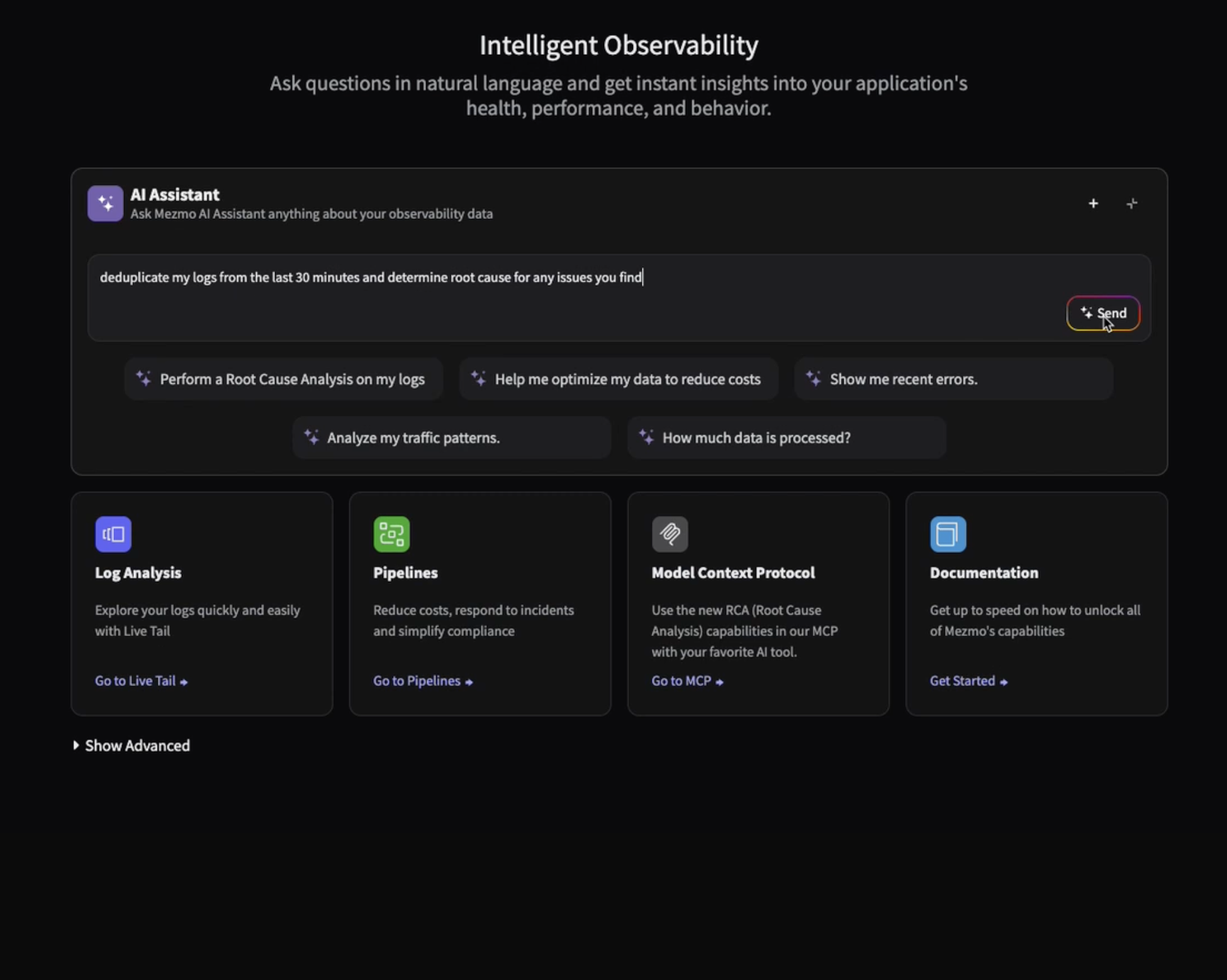
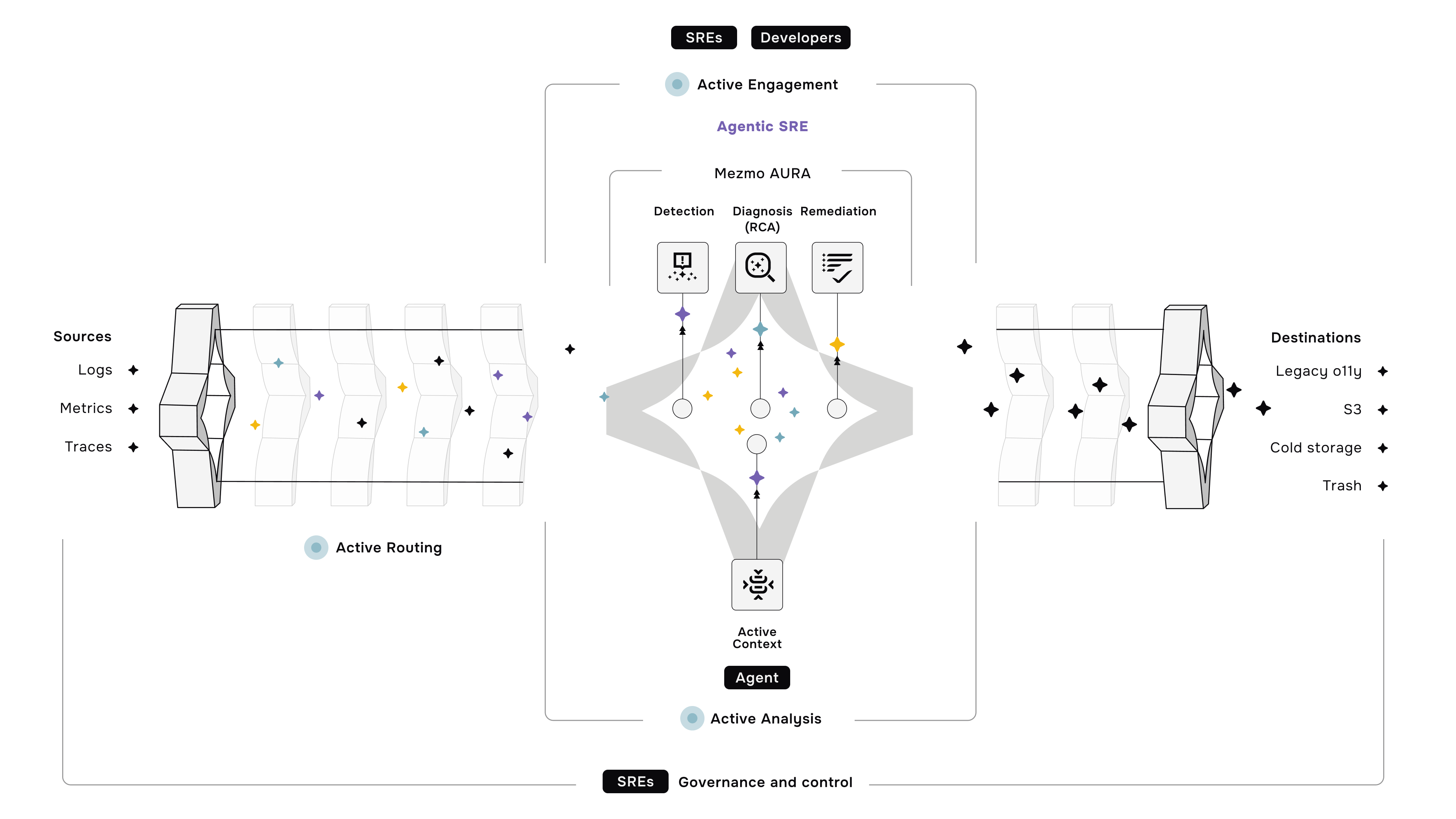

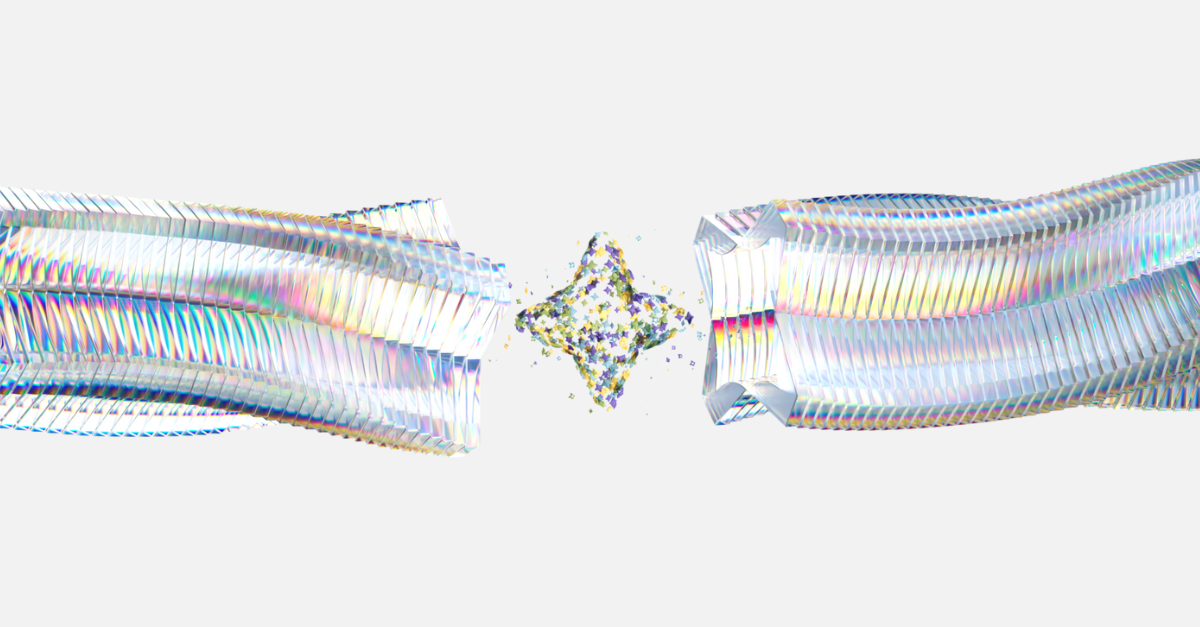




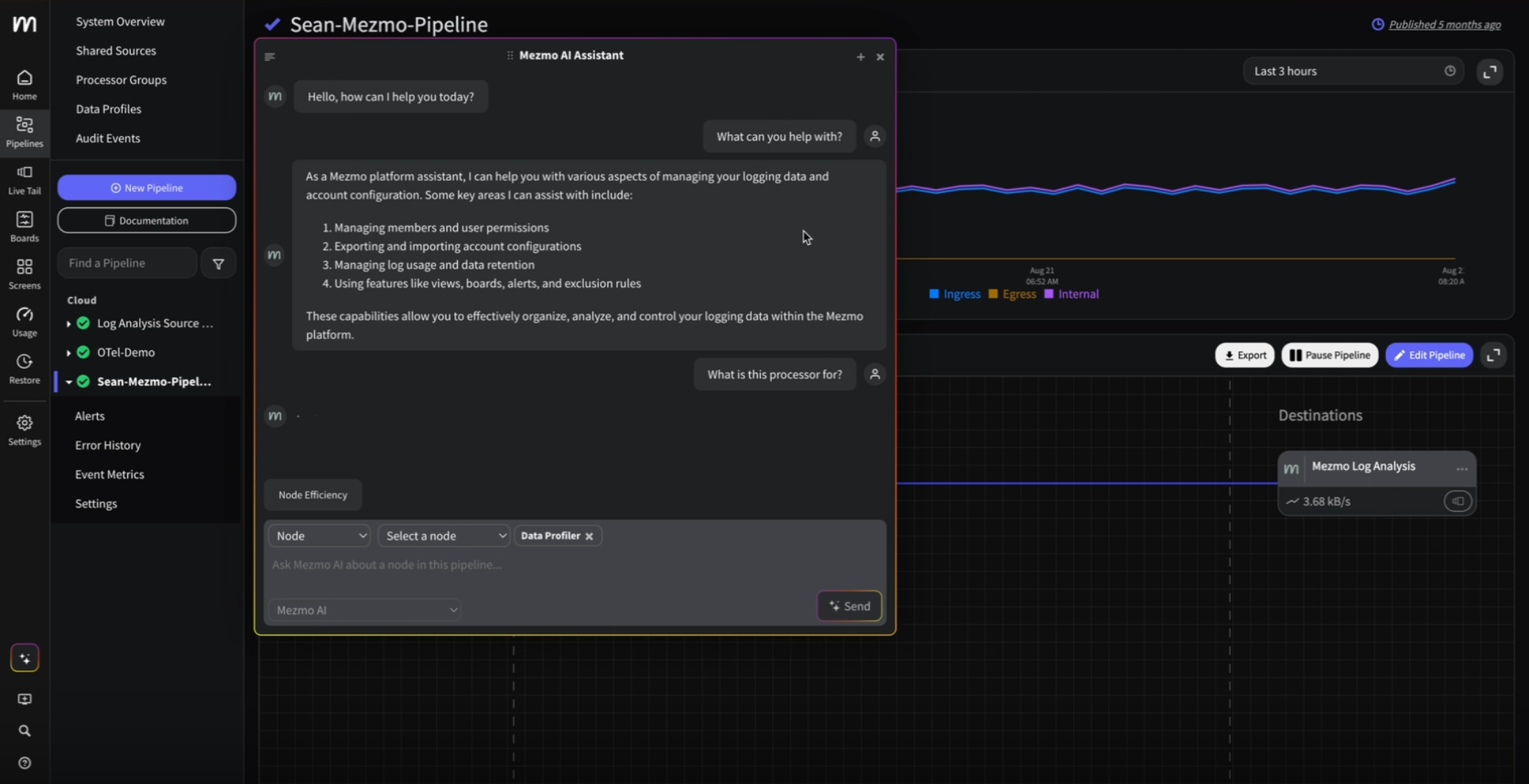
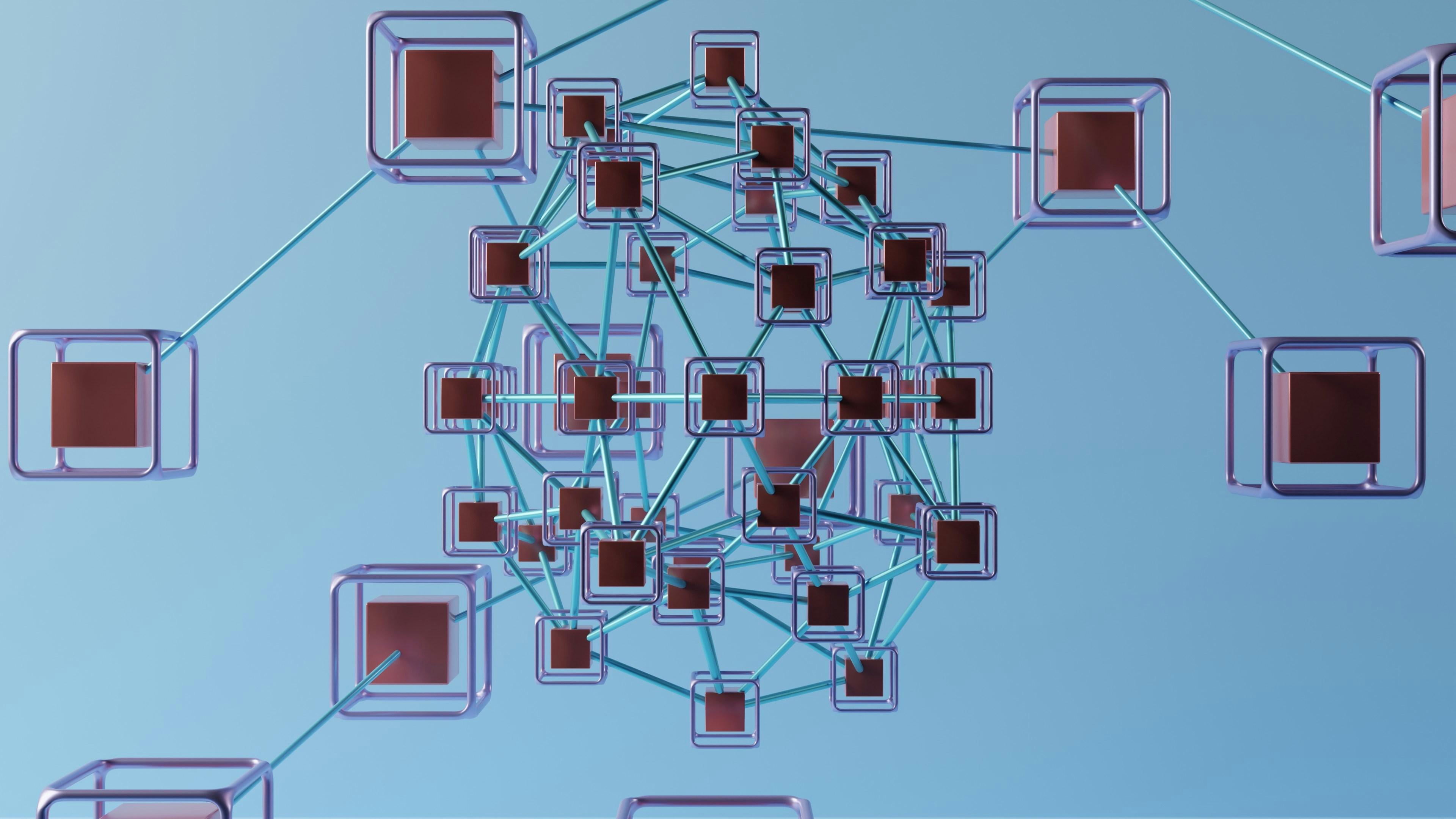

.png)




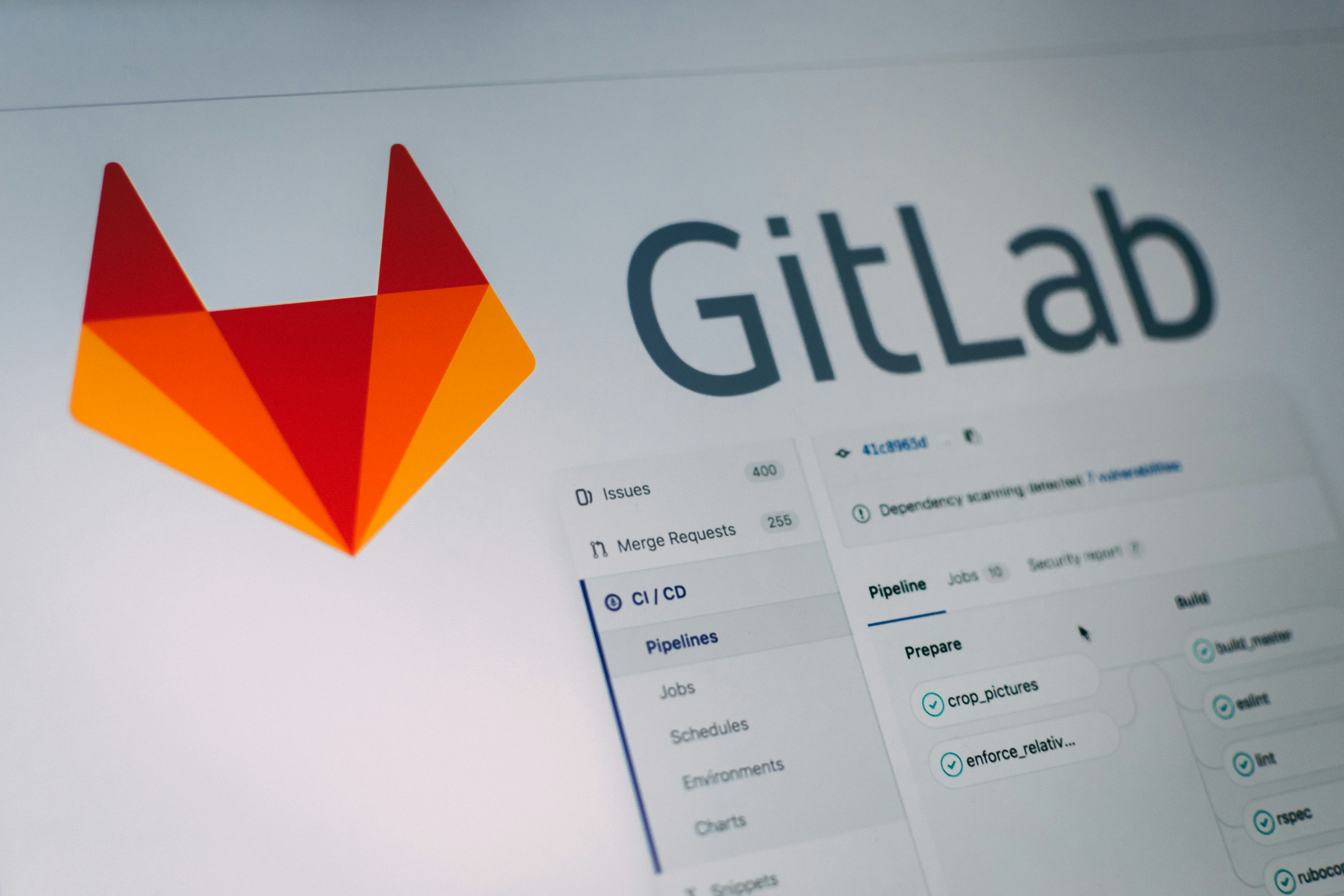



















.png)


































































